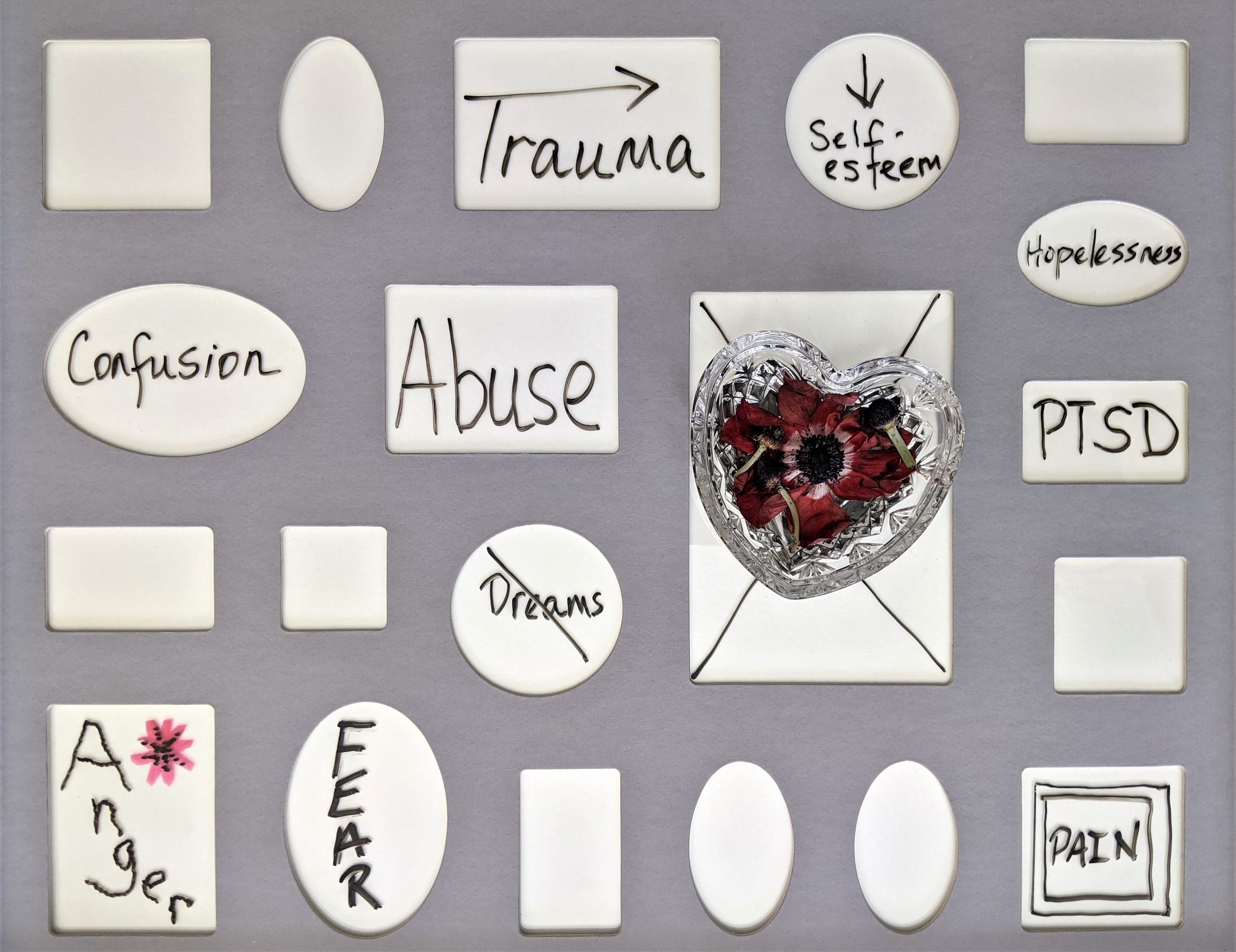One’s identities (race, gender, religion, and more) and their according privilege or lack thereof affect how they are treated in society. Those who belong to marginalized groups such the LGBTQ+ community and BIPOC communities, for example, are at risk for experiencing minority stress. The minority stress model is a theory that provides insight into the relationship between minoritized/marginalized and dominant groups that result in a contentious social environment for the minority group members.
The first person to coin the term was Dr. Virginia Rae Brooks in her book, Minority Stress and Lesbian Women in 1981. Ilan Meyer’s 2003 study, Prejudice, Social Stress, and Mental Health in Lesbian, Gay, and Bisexual Populations advanced Brooks’ research. Beyond this study, there are dozens of additional studies providing the existence of minority stress. The contentious social environment, especially prejudice and discrimination, has detrimental effects on the wellbeing of minority group members. The five types of minority stress are victimization, discrimination, heteronormative cultural norms, stereotyping and prejudice, and systematic bias. These ongoing stressors are what cause the detrimental effects of minority stress as a whole. It’s important to note that minority stress is distinct from general stress, which everyone can experience. Unlike general stress, minority stress is chronic and socially-based. The overarching social structures that create prejudice and discrimination in the first place are staples of society which means they are unending and inescapable.
Intersectional theory demands that we are, among other things, context specific. This means that people and, in the context of therapy, patients all have different needs, access, and privilege that all need to be taken into account when assessing one’s stress levels. There are a variety of theories about integrating treatment strategies to specifically target minority stress.
One such theory is the ESTEEM model which aims to address mental, sexual, and behavioral health needs. It’s important to note that the study underlying the ESTEEM model was done on sexual minority men so while the information it generated is important, the research scope was limited. The ESTEEM model includes ten treatment modules to be conducted in one-on-one settings that range from tracking instances of minority stress in a patient’s life, discussing learned emotional responses and consequences of minority stress, and exploring the concept of emotion avoidance and emotion-driven behaviors.
Minority stress is vital to understand for the general population and healthcare practitioners alike. The day to day effects of minority stress have significant effects on wellbeing and health which needs to be taken into account when assessing various health problems that may arise. While minority stress is unavoidable, there are self-care and professional treatment options to help work through its effects. If you’d like to speak with a professional therapist, contact the ESW team here.


























